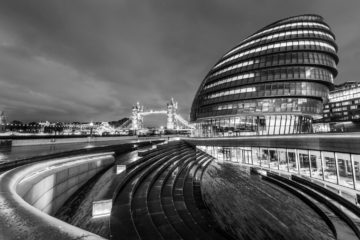After it was believed that the cloud and data centres were the next big thing, London appears to be getting strangled by them.
Three West London boroughs have told building developers that they must limit their plans because there is not enough power in the grid. This might seem odd given the huge amounts of money power companies are charging people, one would expect they would have sunk a bit of cash into infrastructure.
Greater London Authority (GLA) has written to builders warning them that it might take until 2035 for grid infrastructure to be upgraded sufficiently to allow new connections in Hillingdon, Ealing and Hounslow.
Electricity networks in the area are running to capacity, and the GLA specifically mentioned the presence of data centres that “use large quantities of electricity, the equivalent of towns or small cities, to power servers and ensure resilience in service”.
The area, one end of the M4 corridor, is indeed home to many data centres including Virtus and Ark facilities in Hayes and ReWire in Ealing, each of which draws tens of megawatts of power, but substantial and growing data centre capacity also exists in other parts of the capital too, including the City and East London. With the rapid rate of data centre growth and the slow pace of infrastructure upgrades, it is surely only a matter of time before the grid hits capacity elsewhere in the country.
Things are set to get worse with the arrival of car battery power. If all cars in the UK were battery powered and used high-speed chargers we’d need a generating capacity of 450 GW to handle the hypothetical peak, or six times the electric power the country produces today.
The issue is not really with enormous data centres themselves, they are actually more energy efficient than smaller facilities, but the fact that government systems don’t think holistically and fail to see when one planning development impacts on another.






